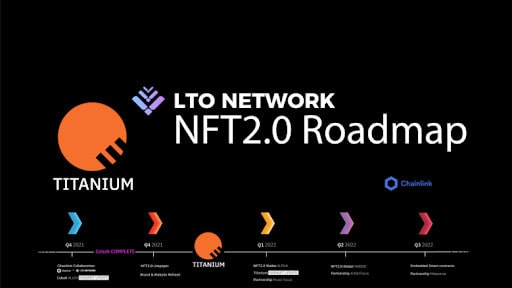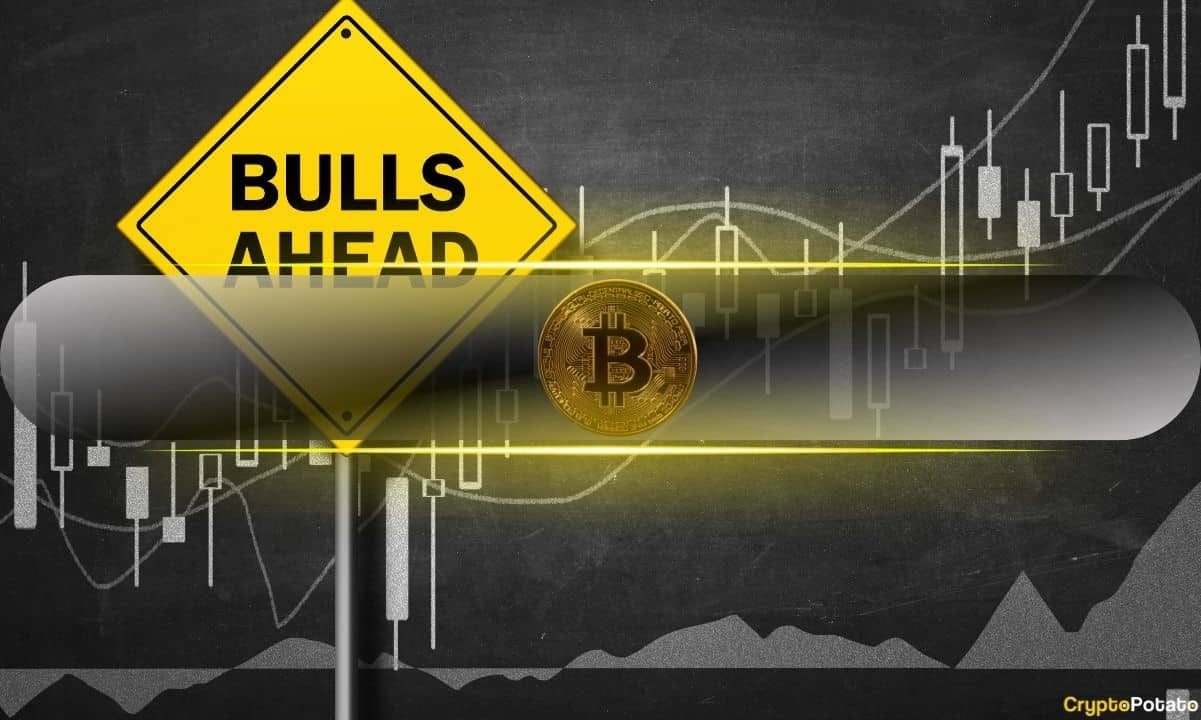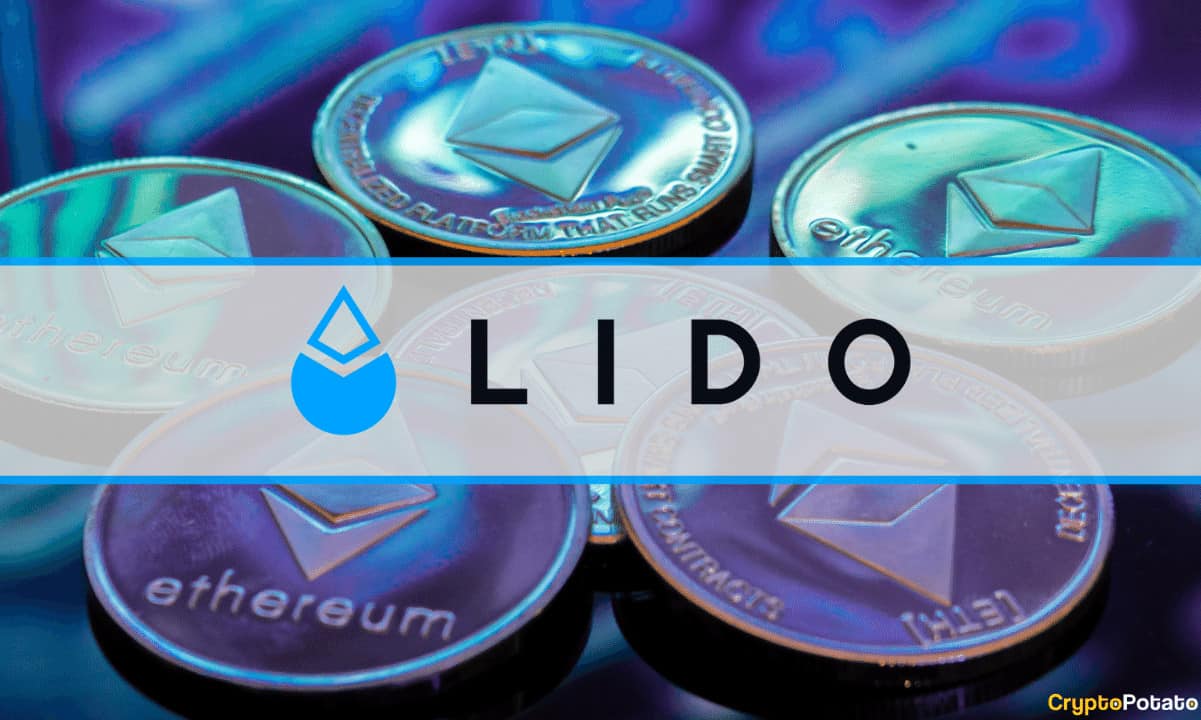Hash Rate’s Recent 10% Recovery Might Indicate a Healthy Bitcoin Market
TL:DR
- Bitcoins hash rate records a 36% decline since in peak in October but has since recovered by 10% in 2019
- Hash rate is directly correlated with the Bitcoin network difficulty, which increases as more miners enter the network.
- long term Hashrate still shows a steady increase, which indicated an overall healthy outlook for the crypto market
Hash rate is an interesting topic to analyze when trying to gauge the overall health of the crypto markets beyond prices. The Hash rate is merely the total amount of hash being calculated each second in the bitcoin network. The more people are mining, the more calculations are being performed each second, which results in the has rate increasing.
Determining the correlation between Bitcoin price and hash rate can be tricky. However, what many in the space have come to observe is that the Hash rate is directly correlated with the Bitcoin network difficulty, which increases as more miners enter the network. More miners’ equals more computations per second to solve the mathematical puzzle required to find a block, verify a transaction and receive the block reward. Every 10 minutes a new block is mined, so to maintain this schedule, the difficulty of mining must go up by how many miners are in the network.
So if hash rate increases when mining becomes more difficult, we can assume that a lower hash rate is caused by fewer miners entering the network and therefore lower difficulty. A declining hash rate also means there is less profitability in mining, which leads to miners shutting down their mines or moving to mine other coins.
From its peak in October, we saw a 36% decrease in Bitcoins hash rate. For Ethereum, the hash rate dropped 44% from its peak in August. Though as we can immediately see after, the hash rate has recovered by more than 10% so far for both Bitcoin and Ethereum since the start of 2019 (the prices have also seen a substantial bump since their lowest point in December 2018).
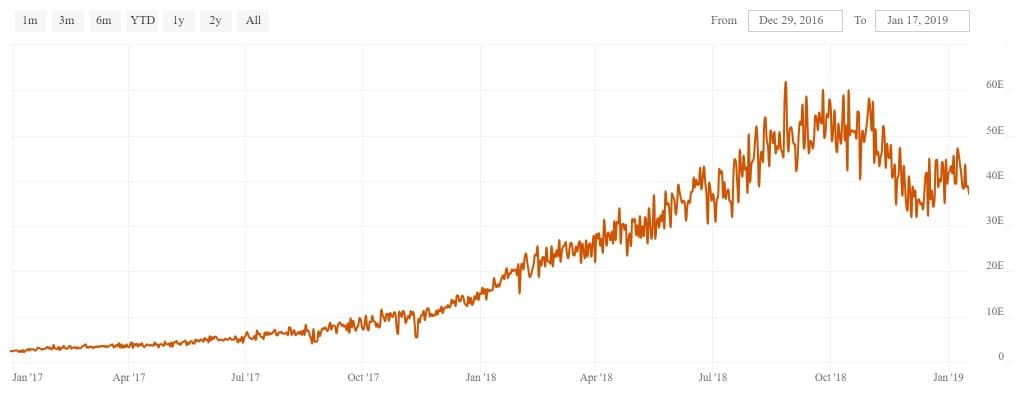
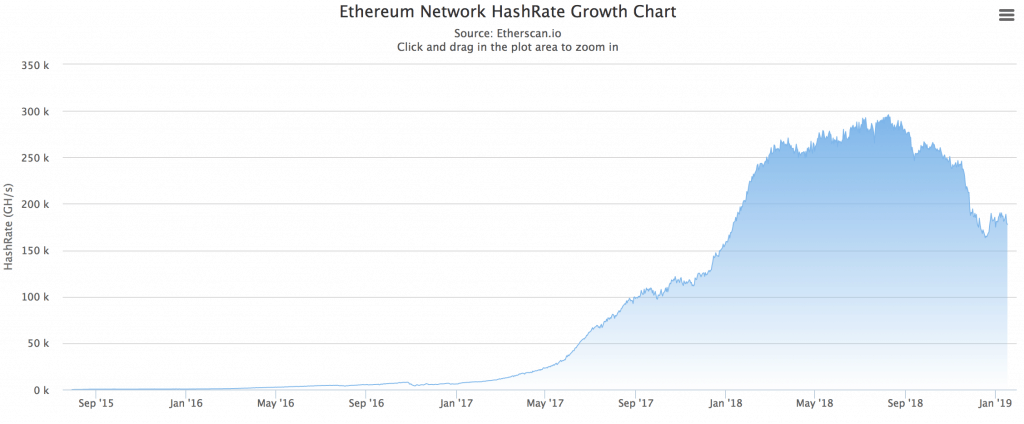
These hash rate drops in 2018 coincided with significant support levels in the price of BTC and ETH being broken (~$350 for ETH in August, and ~$6,000 for BTC in November).
Taking the long term hash rate view
If we take a more long-term view of the hash rate/price correlation, we can see that since 2016, the trend shows that Hash rate on the Bitcoin network has continuously gone up by the general uptrend of the market.
This uptrend has brought in more miners and increased the difficulty of the network each year.
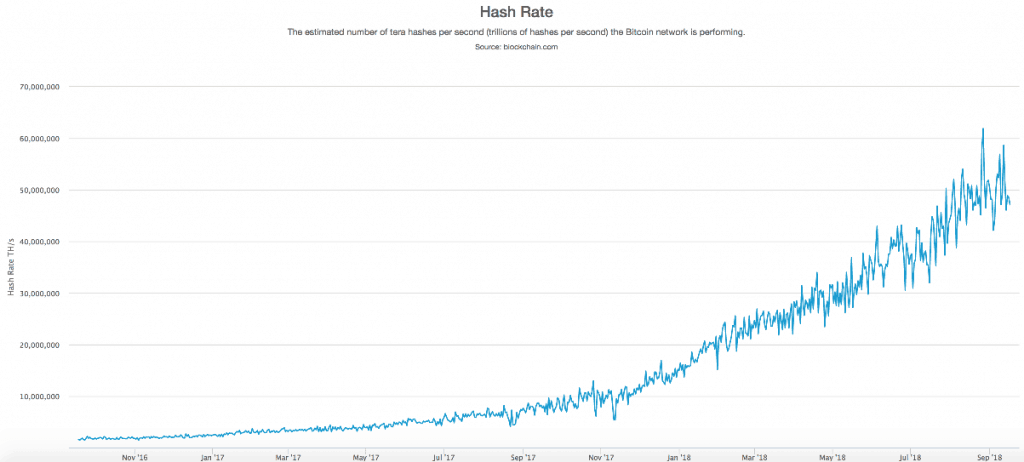
In our previous article about hash rates, David Sapper, chief operating officer at the Australian-based cryptocurrency exchange Blockbid, explained that the growing hash rate is a sign that investors are satisfied with the long-term trend of the crypto markets. Ultimately, steady growth in miners entering the network is the most definite sign that Bitcoin and the overall crypto markets are healthy, even as price may decline or several months at a time.
The post Hash Rate’s Recent 10% Recovery Might Indicate a Healthy Bitcoin Market appeared first on CryptoPotato.





